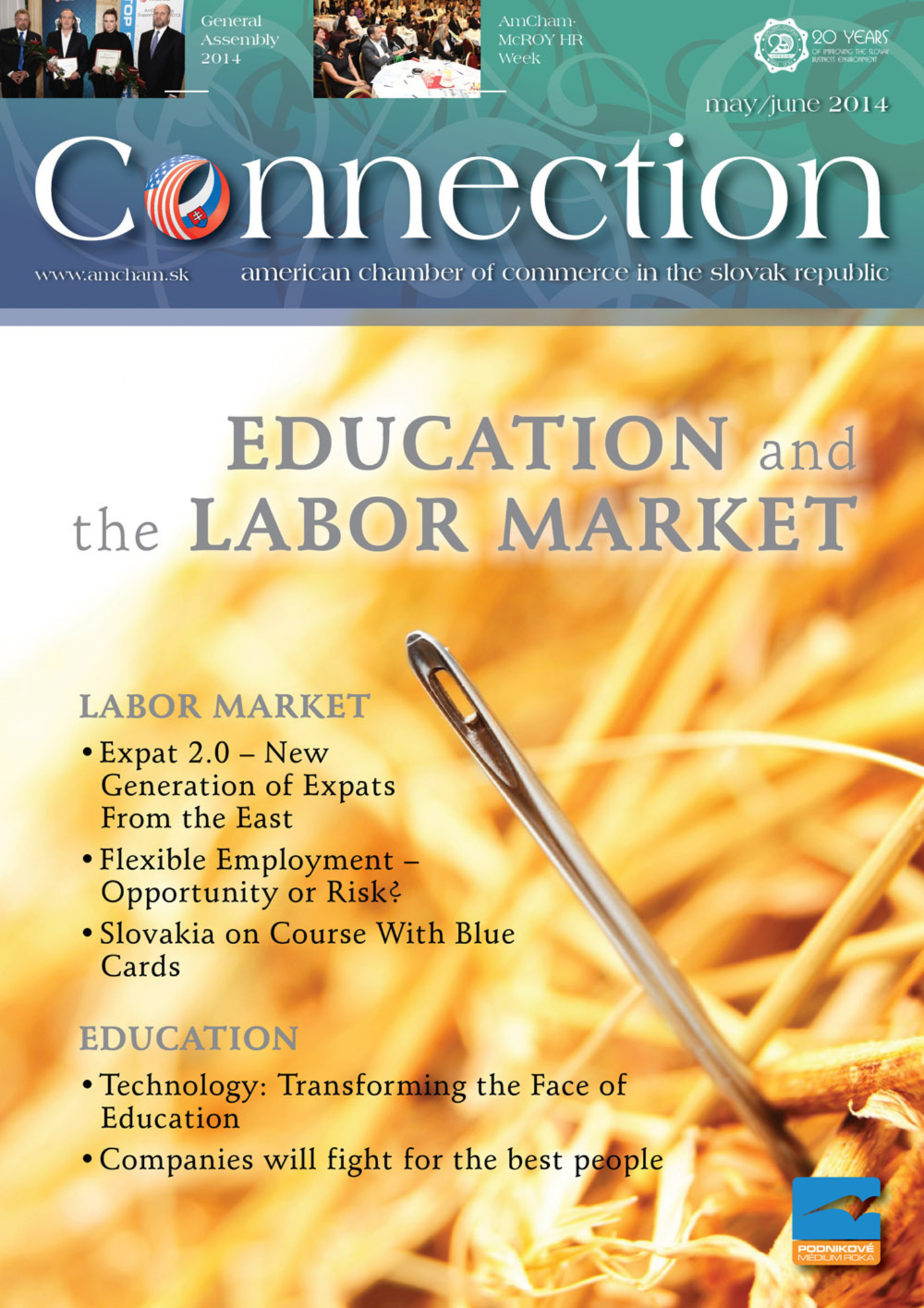“Technology is changing the dynamics of education, especially the relationship between teachers and students. As educators begin to rethink the learning experience, we believe it will be important to also reshape educational spaces to support this evolution,” says Andrew Kim, a Steelcase WorkSpace Futures researcher and a member of the Steelcase Education Solutions team that has been investigating the spatial implications of learning and technology. So far, the study has involved observing and interviewing students and teachers at 20 schools.
Among the fastest-growing and irreversible trends at all levels of education: increasing use of laptops, tablets and other mobile devices. Many primary schools now provide every student with a laptop or tablet. At colleges and universities, many undergrads now own tablets as well as laptops. Always interested in the advantages of portability, a growing number are also asking for content delivered to their smart phones.
Teachers are using technology to replace old models of standardized, rote learning and creating more personalized, self-directed experiences for their students. There’s more multi-device synchronization with software that supports multiuser collaboration and more support for virtual conversations, both within and beyond a classroom. And more students and teachers are creating their own digital content, including animations and videos.
“More and more, classrooms are becoming places where knowledge is created versus consumed by students,” says Kim. “As students start to have more control over what they use to help them learn, you need to have spaces that support more creative or generative activities. This means more mobility inside and outside of classrooms, as well as new kinds of learning spaces that support varying individual activities and rates of learning. Providing a palette of place, posture and presence—i.e., virtual as well as face-to-face interactions—is as important in educational spaces as it is in workplaces, for many of the same reasons. In fact, schools are beginning to leapfrog corporations in the use of mobile devices and many are facing the related challenges head on.”
As the tsunami of technology trends washes over education, some things have managed to stay the same. For example, students and teachers haven’t abandoned analog materials—and aren’t expected to anytime soon. They continue to use whiteboards, paper and notebooks to capture and visualize thought processes, and will continue to need spaces designed to support the parallel use of analog and digital tools.
Blending Worlds
Within all levels of education, learning is now occurring both remotely and onsite through blended learning programs that combine online and face-to-face interaction. Just one of many examples is the flipped classroom model in which students access content online outside the classroom as their homework and then apply this new knowledge in the classroom by engaging in active learning practices, such as discussion or group work.
Blended learning can cut costs, which makes it popular in today’s challenging economy. There are also early signals from several studies that suggest giving students more control over how they access information can be more effective than all face-to-face or all virtual learning.
Because blended learning changes the role of the educator to become more of a facilitator and coach, there’s a growing use of para-educators who work alongside teachers to manage online learning and help with classroom activities. There are also spatial implications. Classrooms designed for a teacher at the front of the room may now need to concurrently support self-directed work at computers as well as collaborative projects.
Colleges and universities, while embracing various forms of online learning, are also looking for ways to build student-teacher engagement and monitor performance. Teachers have always been very aware that schools engender social learning as well as cognitive learning, and so the search for adding physicality to cyber schooling continues.
According to Andrew Kim, even as learning becomes more virtual, the importance of teachers and bricks-and-mortar places are expected to remain valuable components in the educational equation. “As we continue our research, it’s clear that the best places for education will bring people, technology and space together in innovative ways. If you think of classrooms as places where knowledge gets created instead of consumed, they have similarities to innovation studios where flexibility is built in and it’s easy to switch between individual work and collaboration. More than ever, we’re seeing the need for classrooms to become highly flexible spaces that support the new behaviors of learning that are the direct result of new technologies.”
As rapid development occurs in previously underdeveloped nations and new technologies impact the way that knowledge is transferred and embodied, education is becoming even more valuable and valued throughout the world, and the quest continues to refine both its processes and the places where it occurs.
Veronika Kollarovits, Workplace Consultant, Central / Eastern / Southern Europe, Steelcase



Follow us